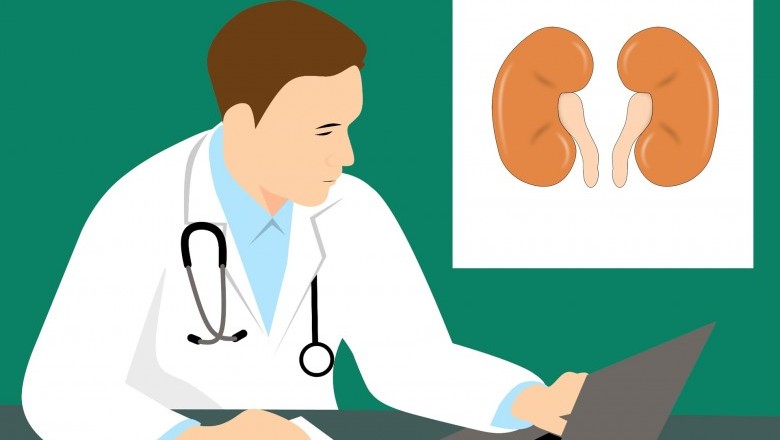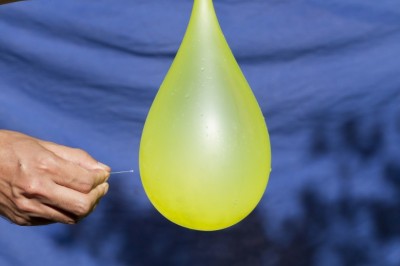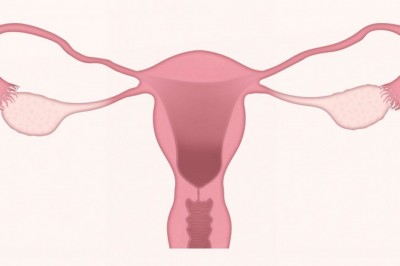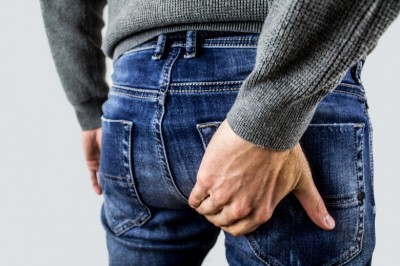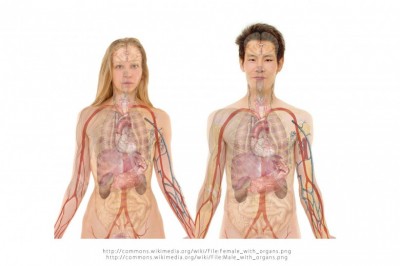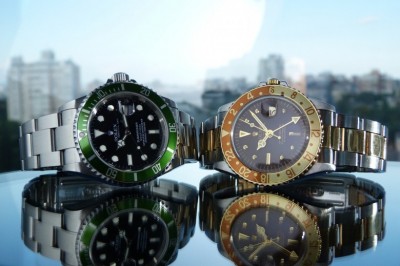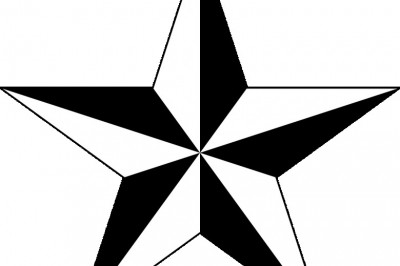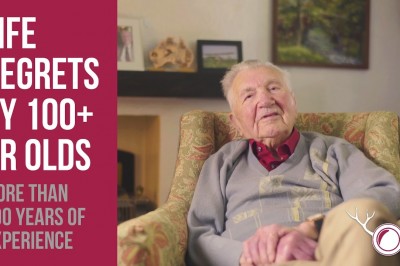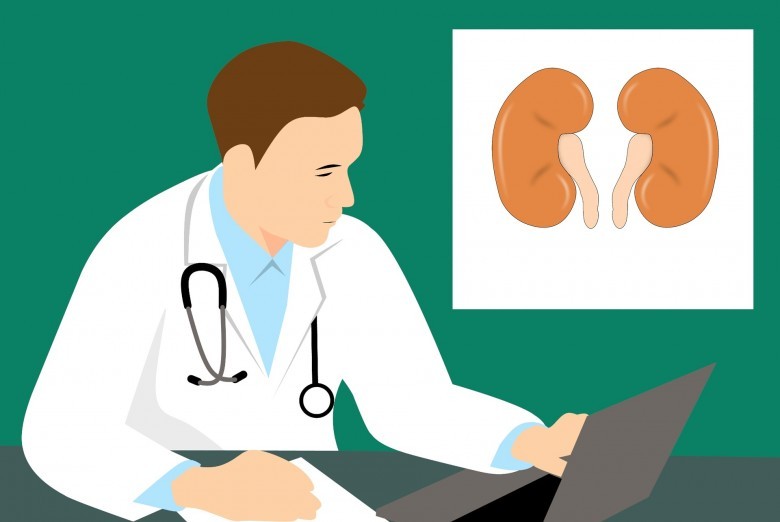
Blockage of the Kidney Arteries: an Overview
There are two kidney arteries-one delivers blood to the right kidney, the other to the left kidney. These arteries divide into a lot of smaller arteries.
When renal arteries become partly or totally blocked kidney failure and/or high blood pressure can happen. Kidney artery blockage is the most usual cause of secondary high blood pressure.
Blockage of the kidney artery or one of its large or medium-sized branches is uncommon. Most frequently such blockages happen when a clot goes by way of the bloodstream from elsewhere in the body and stays in the kidney artery. Characteristically, such clots derive as fragments from a larger clot in the heart or from the fragmentation of a fatty deposit in the aorta.
These disorders may cause substantial tapering and partial blockage of the kidney arteries even when there is no blood clot. When tapering or blockage happens but no blood clot lives, the condition is named kidney artery stenosis.
Here are that can endanger you for kidney artery blockage: tobacco consumption, high blood pressure, diabetes, high cholesterol level, being overweight and Personal history of PVD.
A partial blockage of the kidney arteries typically does not lead to any symptoms. If blockage is abrupt and total, the person can suffer a continual aching pain in the lower back or sometimes in the lower abdomen. A total blockage can lead to fever, nausea, vomiting, and back pain.
Hardly ever, a blockage leads to bleeding that turns the urine red or dark brown. Total blockages of either kidney arteries or one renal artery in individuals who own just one kidney absolutely prevent urine production and shuts down the kidneys.
Generally, the indications and symptoms of kidney artery blockage are:
* Blood pressure not controlled by diet, exercise and medication
* Abruptly uncontrolled high blood pressure
* New arrival of high blood pressure especially in a younger person
* Renal artery bruit.
Doctors can presume a blockage due to the symptoms. Laboratory tests, like a complete blood count and urinalysis can tote up additional clues. Kidney artery blockage may be made a diagnosis by history and physical exam, renal artery ultrasound, Computed Tomography Angiography (CTA), Magnetic Resonance Angiography (MRA), and also Arteriogram/Angiogram.
Treatment is intended at stopping added worsening of blood flow and restoring blood flow that has been blocked. In the case of blood clots, the usual treatment is with anticoagulant medicines. Treatment relies on the harshness of the symptoms and the extent and form of blockage but might consist of: Medical management, Risk factor reduction, Drug, Stent and also Surgery.
Mc Raflesia has high consideration on health issues, particularly on kidney. If you want to get some excellent resources on kidney, please visit his site on You and Your Kidney or Kidney Blockage



